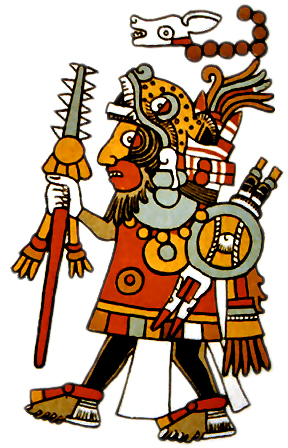Tilantongo on:
[Wikipedia]
[Google]
[Amazon]
 Tilantongo was a
Tilantongo was a FAMSI – John Pohl's – Ancient Books – Mixtec Group Codices
/ref>
 Tilantongo was a
Tilantongo was a Mixtec
The Mixtecs (), or Mixtecos, are indigenous Mesoamerican peoples of Mexico inhabiting the region known as La Mixteca of Oaxaca and Puebla as well as La Montaña Region and Costa Chica Regions of the state of Guerrero. The Mixtec Culture wa ...
citystate
A city-state is an independent sovereign city which serves as the center of political, economic, and cultural life over its contiguous territory. They have existed in many parts of the world since the dawn of history, including cities such as ...
in the Mixteca Alta
La Mixteca is a cultural, economic and political region in Western Oaxaca and neighboring portions of Puebla, Guerrero in south-central Mexico, which refers to the home of the Mixtec people. In their languages, the region is called either Ñuu Dja ...
region of the modern-day state of Oaxaca
Oaxaca ( , also , , from nci, Huāxyacac ), officially the Free and Sovereign State of Oaxaca ( es, Estado Libre y Soberano de Oaxaca), is one of the 32 states that compose the political divisions of Mexico, Federative Entities of Mexico. It is ...
which is now visible as an archeological site and a modern town of Santiago Tilantongo
Santiago Tilantongo is a town and municipality in Oaxaca in south-western Mexico. It is part of the Nochixtlán District in the southeast of the Mixteca Region.
As of 2005, Santiago Tilantongo had a total population of 3348 living in 827 residen ...
. It is located at 17°15' N. Lat. and 97°17' W. Long. Its Mixtec name was ''Ñuu Tnoo-Huahi Andehui'' meaning Black Town-Temple of Heaven/ref>
History
Archeological excavations conducted byAlfonso Caso
Alfonso Caso y Andrade (February 1, 1896 in Mexico City – November 30, 1970 in Mexico City) was an archaeologist who made important contributions to pre-Columbian studies in his native Mexico. Caso believed that the systematic study of ancient M ...
in the 1960s suggest that Tilantongo is among the oldest settlements in Oaxaca with architecture from the preclassic Monte Albán I phase. Preclassic and Classic remains were found at Monte Negro and the Postclassic settlement was located in the present day town of Tilantongo, slightly north of the Classic settlement.
The documentary record shows that Tilantongo was an important Mixtec polity in the Postclassic period. Mixtec picture codices, such as the Codex Zouche-Nuttall
The Codex Zouche-Nuttall or Codex Tonindeye is an accordion-folded pre-Columbian document of Mixtec pictography, now in the collections of the British Museum. It is one of about 16 manuscripts from Mexico that are entirely pre-Columbian in origin ...
, tell the history of Lord 8 Deer who ruled Tilantongo in the eleventh century, and how he linked the Tilantongo dynasty with the central Mexican Toltec
The Toltec culture () was a Pre-Columbian era, pre-Columbian Mesoamerican culture that ruled a state centered in Tula (Mesoamerican site), Tula, Hidalgo (state), Hidalgo, Mexico, during the Epiclassic and the early Post-Classic period of Mesoam ...
s.
References
* Populated places in Oaxaca Histories of cities in Mexico {{mesoamerica-stub